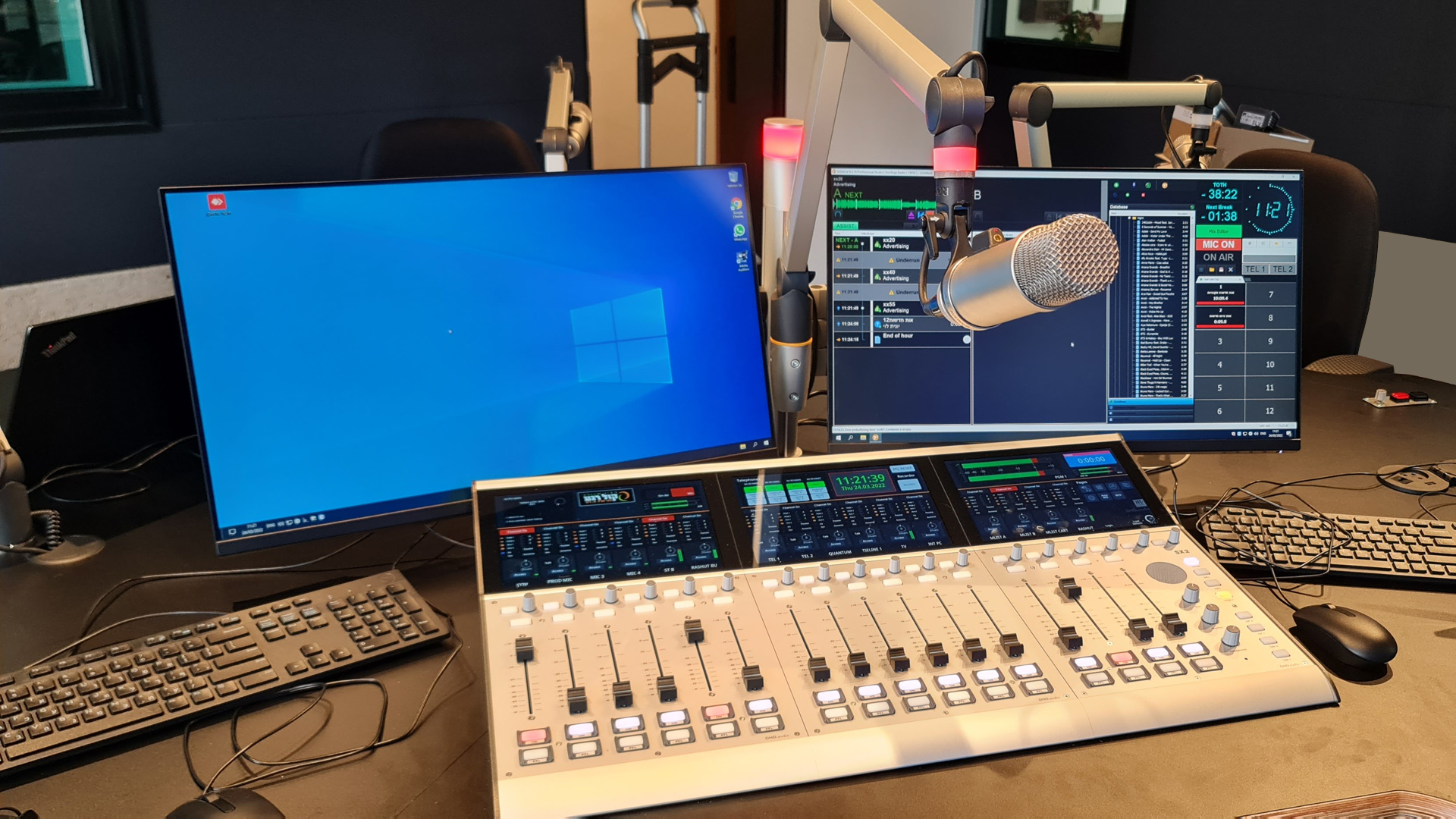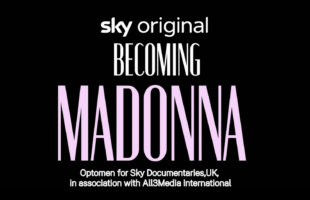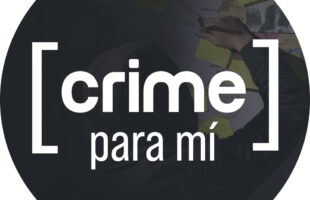
DHD.audio announced the completion of a studio upgrade for regional broadcaster Radio Kol Rega (https://96fm.co.il/) at the network’s headquarters in Lower Galilee. The project was supervised by Jerusalem-based systems integrator Broadcast Design Ltd.
“Radio Kol Rega transmits across northern Israel from its studios at Beit Keshet,” says Micha Blum, founder and CEO of Broadcast Design. “It produces and transmits two channels, one in Hebrew and one in Russian, comprising music, talk programmes and regional news.
“The station commenced broadcasting in 1996. A DHD audio production system was selected for the Russian-language channel when this went on air in June 2020. DHD equipment proved a very successful choice and encouraged the network to replace its old analog desk with DHD digital consoles when the time came to refurbish the main channel. Key reasons for the modernisation were a desire to stay on top of the technology with maximum features, efficient customisation and the ability to expand easily and affordably.
“The primary channel has one main studio, one backup studio, one news booth studio and another analog studio. The idea was to refurbish the main studio and the news booth. The challenges were to migrate to a new technology and architecture, keeping the analog studios as is, and to ensure maximum redundancy where possible.
“A key feature was to create a system that is super-easy to operate. Together with Yaniv Shwartz, Kol Rega’s CTO, we opted for an integrated system centred around DHD products and Dante audio-over-IP. A 16-fader DHD SX2 console with a DHD TX flexible touch panel was chosen for Studio 1 and a four-faders SX2 with I/O-Core for the news studio, both with Dante modules. We designed and manufactured custom panels with on/off button, talkback button and headphone level control for every host and guest, connecting directly to the GPIO and DHD ACI modules.
“Global resources such as off-air receivers, codecs and studio-to-transmitter links were connected to analog, AES3 and Dante converters. Every analog studio gets an interface that makes it IP compatible. Migrating to IP technology simplifies the architecture, adds connectivity and fixes lot of the noise and disturbance that were experienced with the older system.
“Management and routing of main programme, clean feeds and monitor circuits is done with DHD Web-apps. These help to configure customisable screens and allow staff to work from home. Remote operators can listen via their smartphone to any source in the system, including a remote selector to choose the source they want to listen to. Yaniv Shwartz chose to add a DHD Assist license giving full remote access to the consoles so he can assist a DJ or connect in if a technician has a question. Especially useful during unsocial hours.
“We integrated a total system including API-connected mAirlist radio automation which interacts with the DHD consoles during specific programmes such as news bulletins. Other elements of the project included an AVT telephone hybrid, Yellowtec microphone and loudspeaker arms. We also designed and manufactured the furniture, adding USB and wireless charging units for the smartphones and so on. A complete package, all installed and commissioned on time and within budget.”
“IP connectivity continues to gain popularity throughout the media industry, offering a high degree of flexibility both in local networking and for long-distance links,” summarises Christoph Gottert, DHD’s Head of International Sales. “DHD mixers are designed to integrate easily with IP-based infrastructure, allowing audio signals and control commands to be transported along through a single data stream. As the Broadcast Design team have shown, the SX2 and TX form an ideal combination in projects of this kind.”
DHD’s SX2 is a modular mixing console based on a four-fader central module (52-5614). Each SX2 unit is a standalone table-top device which can be chained with others to create a single mixing desk. The central module gives access to the most important audio inputs and outputs. A microphone input and headphone output are also included. Loudspeakers can be connected directly to this unit. Also available is a fader module (52-5620) with six motorised faders. This module allows the addition of a second layer accommodating up to 16 channels. Central and fader modules each incorporate a 10.1 inch multi-touch display showing relevant configuration and operating parameters. SX2 features can be extended simply by adding optional license codes to the DSP core. This allows extra faders, busses and clean-feeds. Functions such as loudness metering, profanity delay and talkback to other DHD mixers are also supported.
DHD’s TX is an ultra-compact tabletop touchscreen mixer optimised for daily operation wherever space is at a premium. Typical applications include news desks, edit suites and communications link vehicles. Just 256 mm wide, 58 mm high and 272 mm front-to-back, the TX has a 10.1 inch IPS LCD monitor with capacitive touchscreen faders plus six hardware pushbuttons and two assignable potentiometers. Other features include an XLR microphone input, an XLR/6.3 mm jack combination headphone output, an integrated talkback microphone and a loudspeaker. A single network cable up to 100 metres in length connects the TX to a DHD processing core or concentrator. The cable transmits all audio and control signals plus power.








